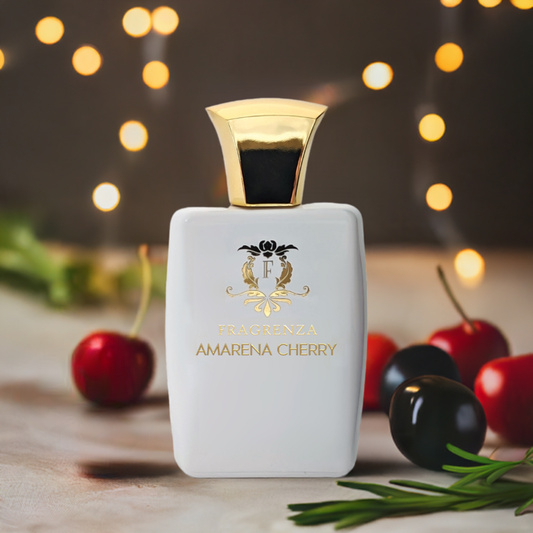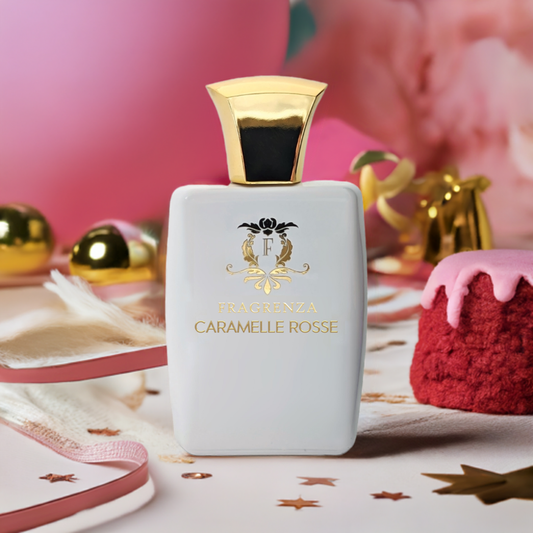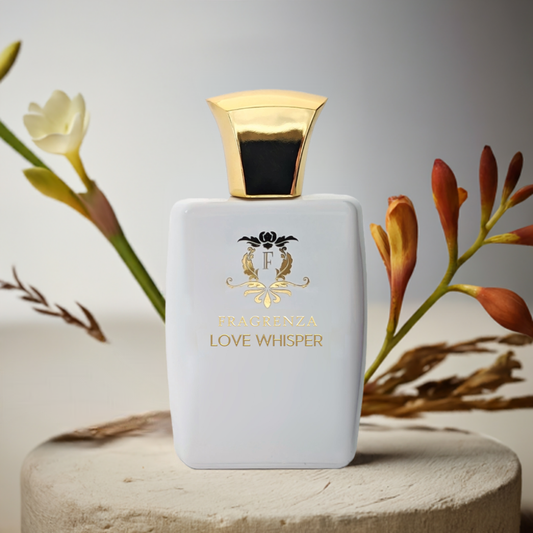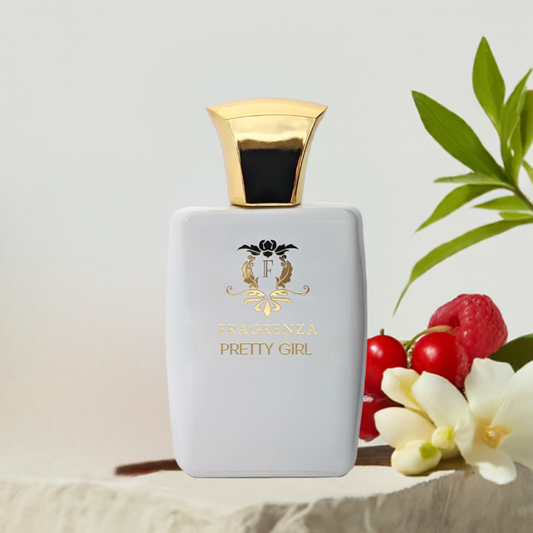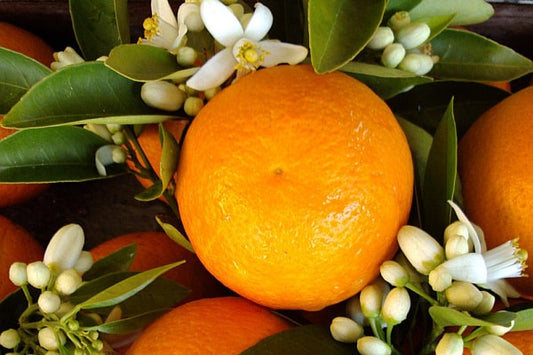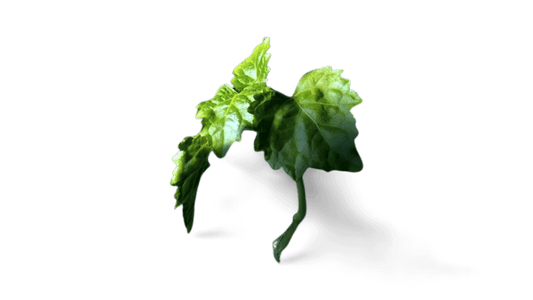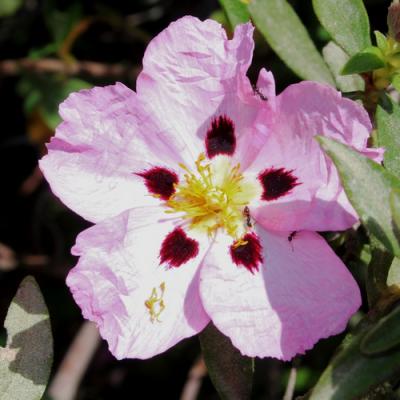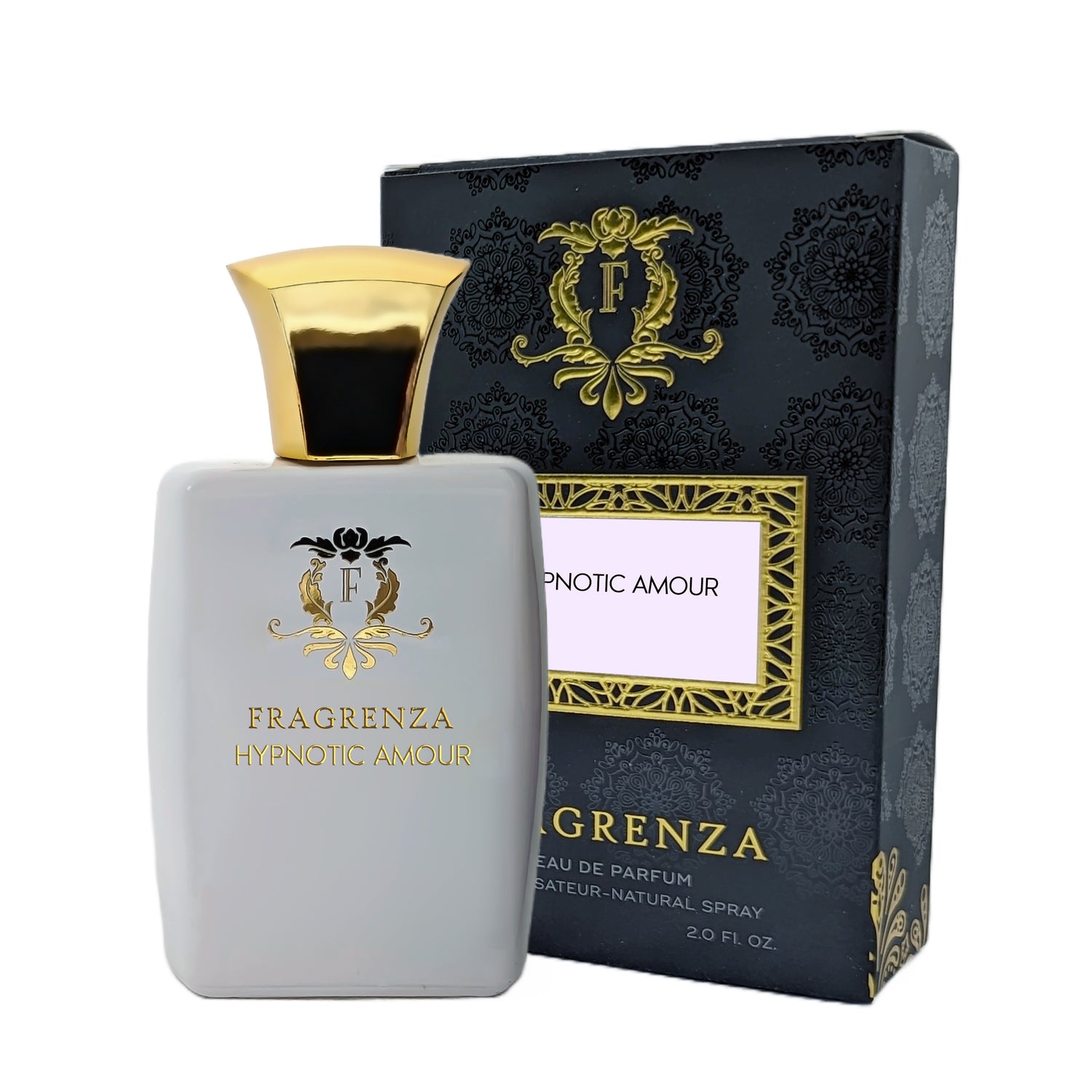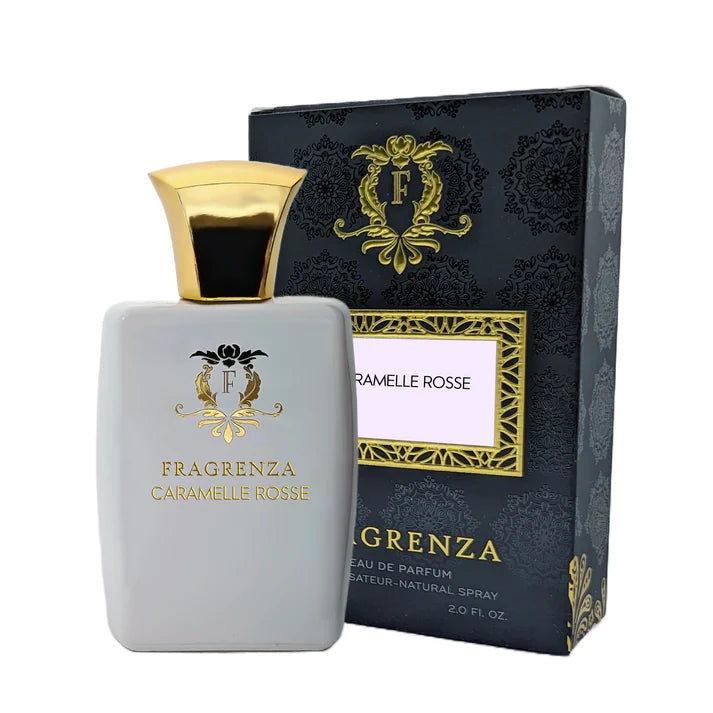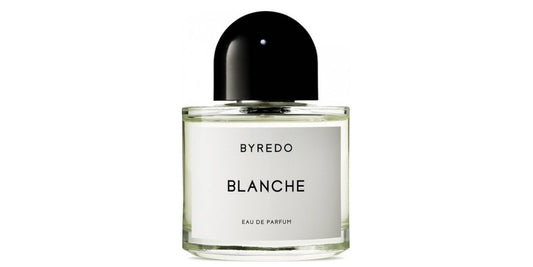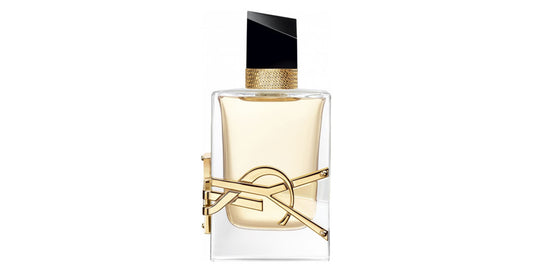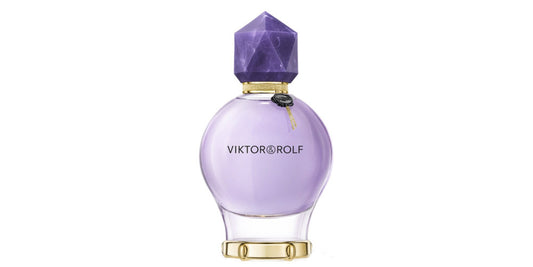Caraway in perfumery
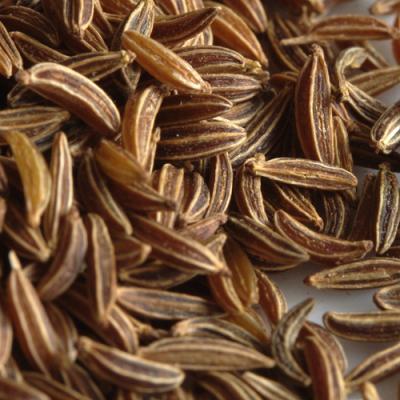
In This Article
Discover Caraway: A Versatile Aromatic Treasure
Caraway, also known as cumin of the meadows, is a biennial herbaceous plant belonging to the Apiaceae family. Closely related to fennel and anise, caraway is cultivated for both its leaves and seeds, which are highly valued for their unique aromatic qualities. Despite not being cumin, caraway is often referred to as such in Alsace and French-speaking Switzerland, which may cause confusion. The plant grows 25 to 60 cm tall, featuring lobed leaves and delicate white flowers arranged in umbels. Caraway thrives in temperate to warm climates and is primarily found in North Africa, Asia, and Europe, including countries like Portugal and France.
- Caraway has a long history of use, dating back to at least 1500 BC.
- The leaves of the caraway plant are used to flavor dishes like salads and soups, but it's the aromatic seeds that are the most sought after.
- Caraway seeds are used to flavor meats, cheeses such as Munster, sauerkraut, cold cuts, and harissa.
- Caraway is known for its digestive stimulant properties and is used in traditional medicine for this purpose.
Caraway in the World of Perfumery
Beyond its culinary and medicinal uses, caraway essential oil is a popular choice among perfumers. The plant's spicy, slightly cumin-like aroma adds a distinct character to fragrances, imparting a bold and intense note. Mastery of the perfumer is required when working with caraway, as its powerful scent can quickly become overwhelming if not used in moderation. The oil is obtained through distillation of dried and crushed caraway seeds, which are harvested from May to June. Caraway is often found in refreshing waters and masculine fern fragrances.
Examples of perfumes containing caraway include CK One Summer 2013 by Calvin Klein, Angélique Noire by Guerlain, and Noir by Tom Ford.


